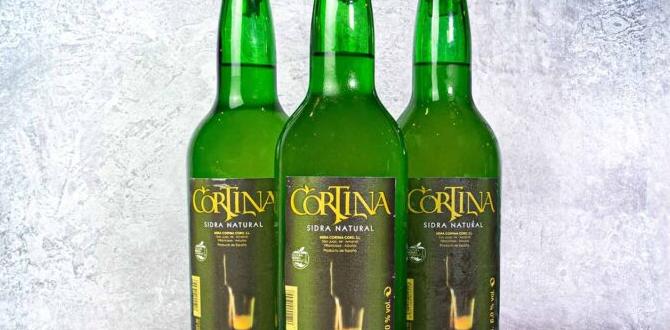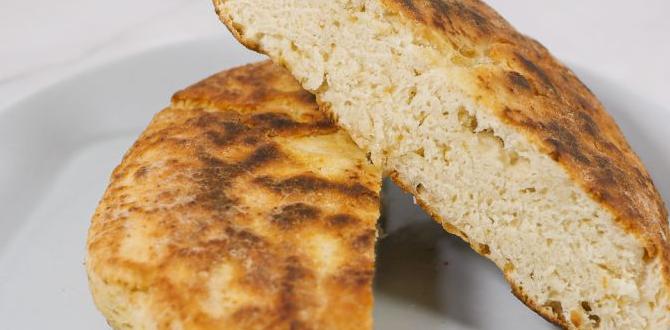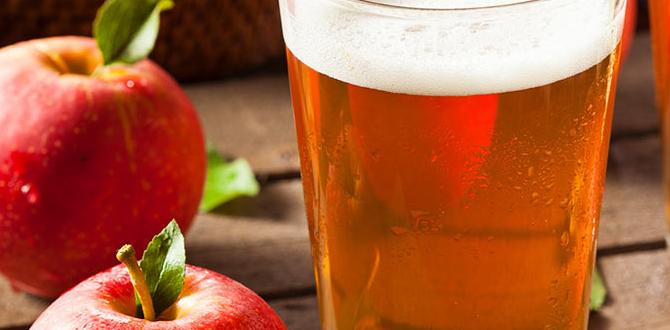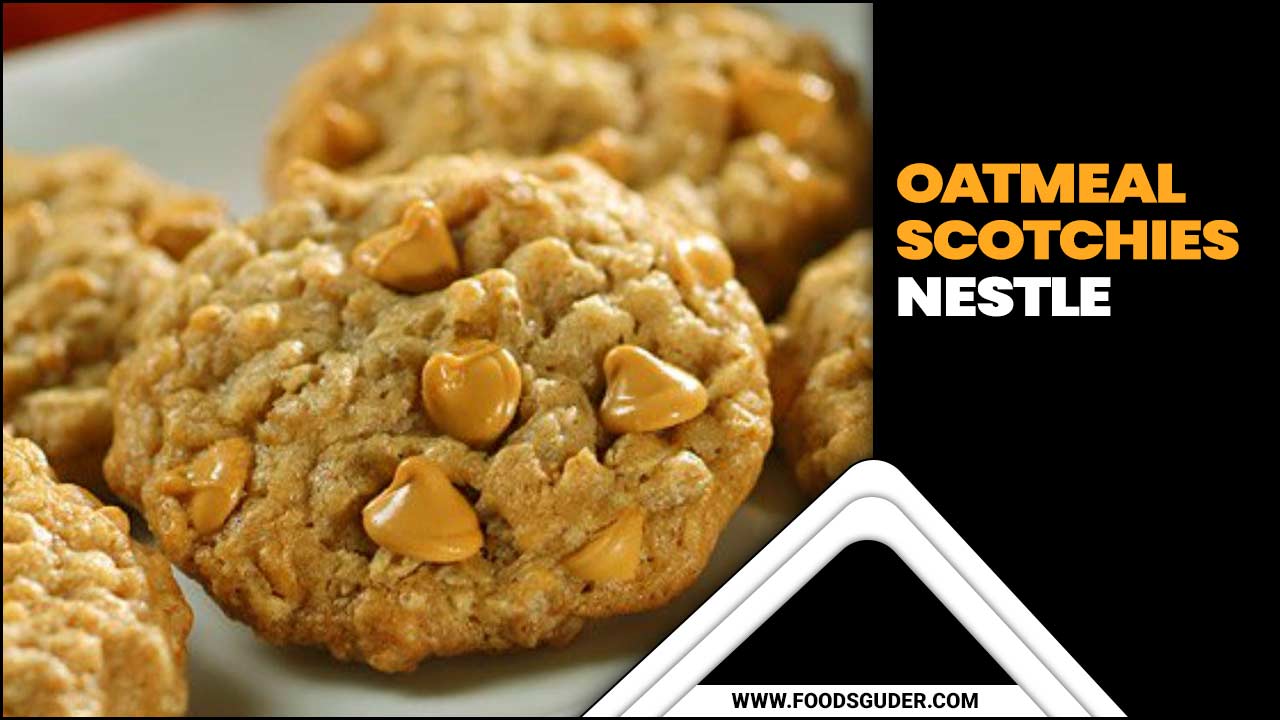Embark on an unforgettable Irish Whiskey and Oysters tour to discover the perfect pairing. This guide offers essential tips for beginners to enjoy the rich flavors of Irish whiskey with fresh, briny oysters, ensuring a delightful culinary adventure.
Your Beginner’s Guide to the Perfect Irish Whiskey and Oysters Tour
Ever wondered if there’s a magical combination that brings out the best in both delicate oysters and robust whiskey? You’re not alone! Many people find the thought of pairing these distinct flavors a bit daunting. Will the whiskey overpower the oyster? Will the oyster’s brininess clash with the whiskey’s sweetness? It’s a common culinary puzzle, but one with a wonderfully simple and rewarding solution. This guide is designed to demystify the art of pairing Irish whiskey and oysters, turning any hesitation into pure enjoyment. Get ready to explore a delightful sensory journey that’s surprisingly easy to master!
Why Irish Whiskey and Oysters? A Classic Pairing Unveiled
The marriage of Irish whiskey and oysters is a tradition steeped in history, particularly along the coastal regions of Ireland where both are abundant. The unique characteristics of Irish whiskey – its smoothness, often lighter body, and subtle fruity or malty notes – create an ideal counterpart to the distinct salinity and texture of oysters. When done right, this pairing doesn’t just complement; it elevates. Imagine the creamy, sweet brine of a freshly shucked oyster meeting the warm, gentle embrace of a fine Irish whiskey. It’s a symphony for the palate, with each element enhancing the other’s best qualities. This isn’t just a tasting experience; it’s a cultural immersion, connecting you to Ireland’s rich heritage of land and sea.
Understanding the Stars: Irish Whiskey & Oysters
Before we dive into the pairing, let’s get to know our protagonists a little better.
A Sip of Ireland: What Makes Irish Whiskey Special
Irish whiskey is renowned for its triple distillation process, which typically results in a spirit that is exceptionally smooth and light-bodied compared to other whiskies. This gentle nature makes it incredibly approachable, especially for those new to the world of whiskey. You’ll often find a spectrum of flavors, from sweet and fruity notes to hints of spice and cereal. Unlike Scotch, Irish whiskey usually doesn’t have a peaty (smoky) character, making it a cleaner, brighter spirit.
Key characteristics to look for:
- Smoothness: Usually triple distilled for an incredibly smooth finish.
- Flavor Profile: Often features notes of fruit, vanilla, honey, and malt.
- Body: Tends to be lighter to medium-bodied.
- No Peat: Generally, Irish whiskey is unpeated, offering a clean taste.
Some popular styles of Irish whiskey include:
- Single Malt Irish Whiskey: Made from 100% malted barley in a single distillery.
- Single Pot Still Irish Whiskey: A unique Irish style made from a mash of malted and unmalted barley, distilled in pot stills.
- Grain Irish Whiskey: Made from a mix of grains, distilled in column stills, and often lighter in character.
- Blended Irish Whiskey: A mix of two or more of the above styles, offering a balanced profile.
From the Sea: The Allure of Oysters
Oysters are celebrated for their complex briny flavor, often described as tasting like the ocean itself. Their texture is typically creamy and luscious, with a subtle sweetness. The specific flavor of an oyster can vary greatly depending on its species, origin (where it grew), and the season. Coastal waters rich in minerals and plankton give oysters their distinctive taste of terroir.
Factors influencing oyster flavor:
- Species: Pacific, Atlantic, European Flat, etc., each has a unique profile.
- Origin (Merroir): Just like wine, the environment – salinity, temperature, food sources – profoundly impacts taste.
- Season: Oysters are often best in cooler months, though modern aquaculture allows for year-round enjoyment with consistent quality.
When you shuck an oyster, you’re opening a tiny, briny treasure. The liquid inside, called the liquor, is packed with flavor and is crucial for the tasting experience.
The Art of Pairing: Finding Harmony
The magic of this pairing lies in balancing robust flavors. The goal is for neither the whiskey nor the oyster to overpower the other, but rather for them to create a delightful interplay on your taste buds.
General Pairing Principles
Think of it like this: light whiskey with light oysters, and bolder whiskey with richer oysters. This is a simple rule that can guide you to success.
- Match Intensity: A delicate oyster shouldn’t be drowned out by a heavy, complex whiskey. Conversely, a robust, briny oyster can stand up to and benefit from a more flavorful whiskey.
- Complement Flavors: Look for overlapping or complementary notes. If an oyster has a sweet finish, a whiskey with vanilla notes can enhance that. If an oyster is minerally, a whiskey with a slight spice can cut through and cleanse the palate.
- Consider Texture: The creamy texture of an oyster can be beautifully contrasted or complemented by the warmth and body of a whiskey.
- The Role of Brine: The natural salinity of oysters can actually bring out sweetness and fruitiness in certain whiskies.
Whiskey Styles and Their Oyster Companions
Not all Irish whiskeys are created equal, and neither are all oysters. Let’s explore some common pairings:
| Irish Whiskey Style | Typical Flavor Profile | Ideal Oyster Pairing | Why It Works |
|---|---|---|---|
| Light Blended Whiskey | Subtle, sweet, light-bodied, hints of vanilla or citrus. | Delicate Atlantic Oysters (e.g., Sweet Virginia, Beausoleil) | The whiskey’s lightness won’t overwhelm the subtle sweetness and clean brine of these oysters. |
| Single Malt Irish Whiskey (unpeated) | Fruity, floral, honeyed, medium-bodied. | Mildly Briny Oysters (e.g., Kumamoto, Effingham) | The fruity and floral notes complement the oyster’s balanced sweetness and mild saltiness. |
| Single Pot Still Irish Whiskey | Spicy, oily, complex, notes of pepper, clove, malt. | Robust, Briny Oysters (e.g., Belon, Irish Native Oysters) | The whiskey’s spice and body cut through the intense brininess and richer texture of these oysters. |
| Peated Irish Whiskey (rare, but emerging) | Smoky, maritime, bonfire notes, full-bodied. | Very Salty, Mineral-Forward Oysters (e.g., selected West Coast Oysters) | The smoke can echo the sea-salt minerality, creating a bold, layered experience for adventurous palates. |
Remember, these are guidelines! Personal preference plays a huge role. Don’t be afraid to experiment and discover your own favorite combinations.
Planning Your Irish Whiskey and Oysters Tour
Whether you’re a solo explorer or organizing an event, a well-planned tour makes all the difference.
Self-Guided Tour: A Flexible Adventure
This is a fantastic way to experience the pairing at your own pace and budget. You can create your own itinerary, choosing venues and days that suit you.
Steps for a self-guided tour:
- Research Locations: Identify pubs, oyster bars, or even restaurants that are known for their quality oysters and Irish whiskey selection. Look for places that offer tasting flights or have knowledgeable staff.
- Map Your Route: Group your chosen locations geographically if possible to minimize travel time.
- Check Availability: Especially for oysters, ensure they are in season and available. Call ahead to confirm.
- Set a Budget: Factor in the cost of oysters, whiskey tastings, travel, and any meals.
- Prepare Your Palate: Read up on different oyster varieties and Irish whiskey styles. Knowing what to expect can enhance the experience.
- Pace Yourself: This is a culinary journey, not a race. Allow time to savor each pairing and enjoy the atmosphere. Consider a designated driver or using ride-sharing services.
Organized Tours: Expert Guidance
For a hassle-free experience with curated selections, consider joining an organized tour. These often include transport, expert guides, and pre-arranged tastings.
What to expect from organized tours:
- Expert Guides: Learn about the history, production, and pairing from knowledgeable hosts.
- Curated Venues: Tours typically visit the best establishments for this specific pairing.
- Transport Included: Often, transport between venues is provided, making it safe and convenient.
- Exclusive Tastings: You might get access to special whiskeys or oysters not readily available.
- Fixed Itinerary and Cost: Everything is planned, and the price is set, simplifying budgeting.
When booking an organized tour, always check reviews and what is explicitly included to ensure it meets your expectations. Reputable tour operators often partner with local distilleries and oyster farms.
Quick Tip: Many Irish tourism websites and local food tour companies offer excellent options. For example, organizations like Discover Ireland occasionally list food and drink tours that might incorporate these delights.
The Tasting Experience: How to Savor Each Sip and Bite
This is where the real magic happens! It’s not just about eating and drinking; it’s about a mindful appreciation of the flavors and textures.
Shucking & Serving Oysters
If you’re preparing them yourself, proper shucking is key. A dull shucking knife and a sturdy oyster glove are essential for safety.
Basic shucking steps:
- Secure the Oyster: Place the oyster cup-side down on a stable surface, with the hinge (the pointy end) towards you. Use a folded towel or glove to hold it firmly.
- Insert the Knife: Gently insert the tip of your oyster knife into the hinge. Wiggle it slightly to create a small opening.
- Pry Open: Once the knife is in, apply gentle upward pressure and twist to pry the shell open. Be careful not to cut yourself.
- Sever the Muscle: Once open, slide the knife along the top shell to cut the adductor muscle, which attaches the oyster to the shell.
- Drain (Optional): You can lightly drain the oyster if it has excessive liquor, but retain enough for flavor.
- Serve Immediately: Oysters are best enjoyed fresh. Serve them chilled on a bed of ice.
For a tour, the oysters will likely be expertly shucked for you.
The Whiskey Pour
For tasting, a standard whiskey measure is usually around 25-35ml (1-1.5 oz). This allows you to appreciate the nuances without overindulging.
Serving suggestions:
- Glassware: A tulip-shaped tasting glass is ideal, as it concentrates the aromas.
- Temperature: Serve Irish whiskey at room temperature. Avoid chilling it, as this can mute its flavors.
- Neat or with a Drop of Water: For a tasting tour, whiskey is typically served neat. Some find that a tiny drop of still water can open up complex spirits, but this is personal preference.
The Ritual: Sipping and Slurping
The sequence and method of tasting can greatly enhance your appreciation.
A recommended tasting sequence:
- Observe the Oyster: Look at its shape, size, and color. Inhale its aroma – does it smell fresh and briny? Some oysters have a distinct aroma of cucumber or melon.
- Sip the Whiskey First: Take a small sip of the Irish whiskey. Let it coat your mouth. Note its aroma, initial taste, body, and finish. Does it have sweet, spicy, or fruity notes?
- Shuck and Eat the Oyster: If not already shucked, carefully open your oyster.
- Slurp the Oyster: Gently slurp the oyster and its liquor into your mouth in one go. Chew it a few times to release its full flavor and texture. Note its brininess, sweetness, and any mineral notes.
- Savor the Finish: After swallowing the oyster, take another small sip of the whiskey. Notice how the whiskey tastes now, in combination with the oyster’s lingering flavors. Do the flavors meld? Does one enhance the other? Has your palate been cleansed or complemented?
- Repeat and Compare: If you’re tasting multiple pairings, take notes on what you enjoy most.
The goal is to feel the interaction between the whiskey and oyster. The whiskey’s smoothness can cut through the oyster’s brine, while the oyster can temper any harshness in the whiskey and highlight its underlying sweetness.
Beyond the Pairing: Enhancing Your Experience
A great tour isn’t just about the food and drink; it’s about the whole experience.
Atmosphere and Company
The setting can significantly impact your enjoyment. A lively pub, a scenic coastal restaurant, or a cozy bar can all offer unique vibes.
- Pub Culture: Many Irish pubs have a warm, convivial atmosphere that’s perfect for leisurely tasting.
- Seafood Restaurants: These often offer the freshest oysters and knowledgeable staff.
- Coastal Views: Pairing oysters with the sound of the sea in the background is an unparalleled experience.
Sharing the experience with friends or fellow enthusiasts can amplify the fun. Discussing your impressions and discoveries adds another layer to the adventure.
Learning and Discovery
An Irish Whiskey and Oyster Tour is a fantastic learning opportunity. You’ll gain insights into:
- Irish Gastronomy: Understanding the importance of local ingredients and culinary traditions.
- Whiskey Appreciation: Developing your palate for different whiskey profiles.
- Oyster Terroir: Learning how environment affects flavor.
- Pairing Theory: Discovering the principles of flavor harmony and contrast.
Engage with servers, bartenders, and tour guides. They are often a treasure trove of information and local lore.
A Note on Responsible Enjoyment
Alcohol is best enjoyed responsibly. Always know your limits and plan for safe transportation if you’re going on a tour. Many tour operators specifically include transport to ensure guest safety.
Responsible drinking tips:
- Stay hydrated by drinking plenty of water between tastings.
- Eat a good meal before and during your tour.
- Never drink and drive. Use taxis, ride-sharing services, or public transport.
- Know your personal limits for alcohol consumption.
For those seeking more information on responsible drinking, the DrinkAware.ie website provides helpful resources and advice.
Frequently Asked Questions (FAQ)
Q1: What is the best time of year to go on an Irish Whiskey and Oysters Tour?
A: While modern aquaculture means oysters are available year-round, they are traditionally considered best during cooler months (September through April), often falling into the “R” months of the calendar. This is when the water temperatures are lower, leading to firmer texture and richer flavor. Irish whiskey can be enjoyed anytime!
Q2: Do I need to know a lot about whiskey or oysters to go on this tour?
A: Absolutely not! This guide and most tours are designed for beginners. You’ll learn as you go from guides or by observing and tasting. The focus is on enjoying the experience.
Q3: How much does an Irish Whiskey and Oyster tour typically cost?
A: Costs vary widely. A self-guided tour can be very budget-friendly, costing only for what you order. Organized tours can range from €60 to €150 or more per person, depending on what’s included (transport, number of tastings, length of tour).
Q4: Can I pair non-Irish whiskey with oysters?
A: Yes, you can! While this guide focuses on Irish whiskey for its specific smoothness and flavor profile that complements oysters so well, other lighter whiskies or even certain types of Scotch or Bourbon can also be paired. The principles of matching intensity and flavor notes still apply.
Q5: Are there non-alcoholic alternatives for this pairing?
A: For the oyster portion, if you’re looking for an








